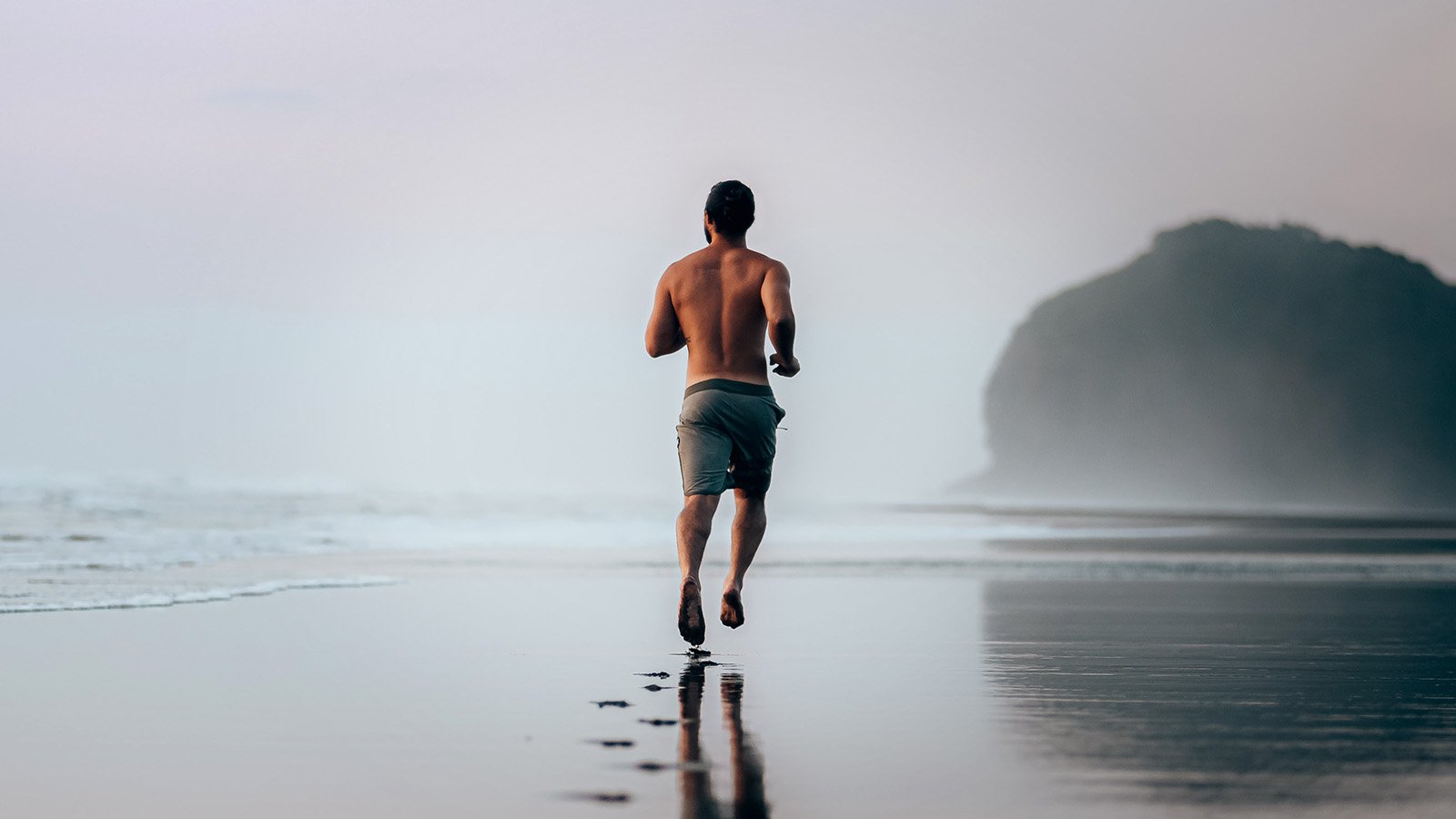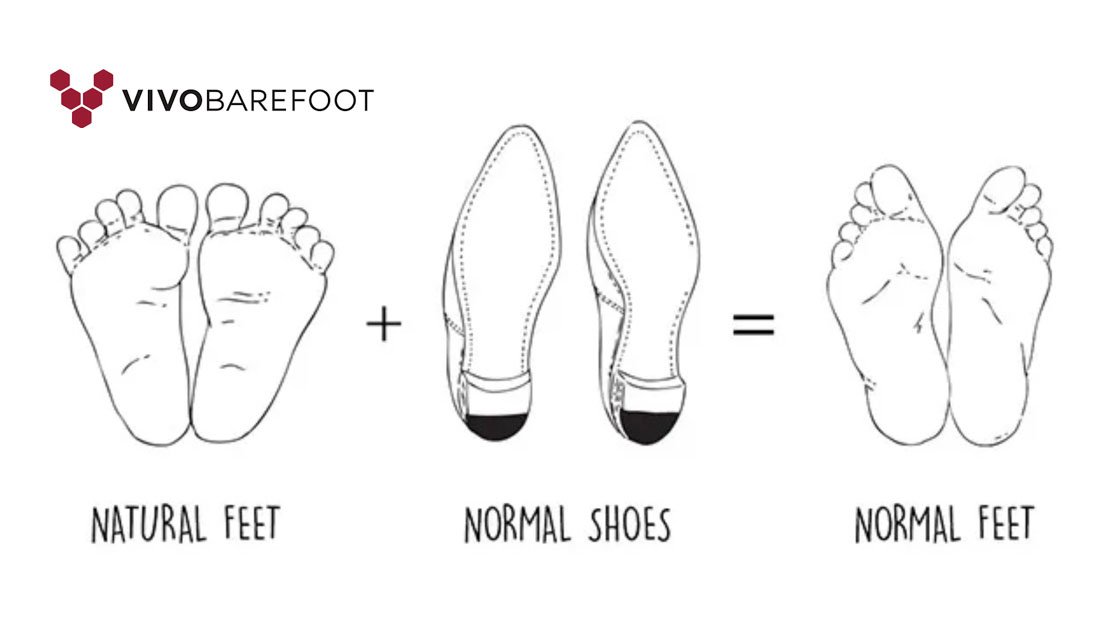3 Simple Steps to Regain Your Foot Health
If you have painful feet, you know how disabling it can be. Foot pain can prevent you from doing the things you love. Going out for a walk or even going grocery shopping can be extremely difficult. But foot pain is not something you have to deal with until it goes away on its own. And, orthotics and cortisone shots do not have to be a lifetime prescription.
The Healthy Feet Alliance has come together to help you take back your foot health. Instead of turning to temporary pain relief methods, we encourage looking to the root cause. Tackling the underlying issues can lead to lasting changes.
One of our board members, Dr. Stephen Bui, says there are three things that we need for foot health: alignment, mobility, and strength. Lacking in any one of these three areas can lead to a life of foot pain and dysfunction.
So, if your feet are bothering you, these key components of foot health are a simple way to address the primary source of your pain.
Align your feet and toes in their most natural form.
Mobilize your feet so they can move freely.
Strengthen your feet so they can easily support you.
Let’s discuss these in more detail.
STEP#1
Realign
Many aspects of modern day life shift your natural foot and toe alignment into a suboptimal resting position, which puts extra stress on areas not designed for it. This can result in pain or limited function.
Footwear can have a huge influence on the shape of your feet. Most shoes, including athletic shoes, dress shoes and casual shoes, restrict your toes and raise up your heels. So, why is that a problem and what can you do about it?
Restricted Toes
When babies are born their toes are the widest part of their feet. But over time, feet begin to take on the form of the shoes they are put into. Most shoes have an unnatural shaped toe box that symmetrically tapers into a rounded point. Shoes that bind our toes together—even just slightly—can lead to bunions, metatarsalgia, collapsed arches, neuromas and more.
Baby feet with the typical fanned out toes
Realigning Toes With Foot-Shaped Shoes
So, an easy way to improve alignment is to change footwear. Instead of shoes that have a tapered toe box, look for shoes with a wide, natural-shaped toe box. Look for shoes that are shaped like feet. Having shoes that allow you to spread your toes, will not just help with alignment, but also with function. A wider base creates better balance.
Aligning Toes By Wearing Toe Spacers
For most people, footwear has already changed the shape of their feet. Correct Toes are toe spacers created by our Alliance executive member, Dr. Ray McClanahan. They are designed to correct toe alignment back to your foot’s original position and function. Wearing Correct Toes while active is an effective way to restore the natural alignment of your feet.
Aligning Body with Flat Shoes
The heels on your shoes are another aspect of alignment that can cause foot pain. And this is not limited to women’s high heels. Even tennis shoes are built with a wedge that raises the heel above the toes. Almost all modern shoes raise the heel above the toes.
Sneakers with an elevated heel
Any elevated heel increases the pressure on the ball of the foot. Wearing flat shoes is a great way to correct posture and relieve pain at the front of the foot.
Wearing heels also puts the Achilles tendon and the calf muscles in a shortened position. If shoes with raised heels are worn consistently this can lead to extra tension through the heel when going barefoot or wearing a flat shoe. This is why transitioning into natural footwear should be taken slowly. Your muscles and tendons need time to lengthen back out and become balanced.
Check out our shoe finder to find recommended shoes.
STEP#2
Mobilize
Another product of modern lifestyle is rigid and inflexible feet. The use-it-or-lose-it principle applies to feet as well as the rest of the body. Underusing feet can lead to stiffness and dysfunction. When you mobilize your feet you will see immediate benefits. They can become less painful and more coordinated.
Rigid Shoes Lead to Rigid Feet
The purpose of any joint in the body is to allow for movement. The foot has 33 joints and is designed to move in very complex ways. A lot of footwear is rigid and does not allow the foot to move as it is meant to. Wearing stiff shoes with arch support can be likened to having a cast on your foot. This restriction of movement can cause the feet to weaken and become stiff.
Foot anatomy model
Wear Flexible Footwear
The easiest way to improve foot mobility is to change footwear. Look for shoes that are flexible and allow your foot to move and bend. Avoid flip flops or other shoes that are not securely strapped to the foot. Shoes that slip around on your feet typically cause the toes to grip to stay on. This gripping pattern can lead to hammer toes and other toe deformities. On the other hand, shoes that are secure to the foot and flexible in the soles allow your feet to move freely and naturally.
Flip flops can lead to hammer toes from too much toe gripping
Roll Out Feet
Another method of enhancing mobility is rolling out your feet. Try rolling a simple lacrosse ball under your foot. This can help to loosen up your foot tissues. Keep a small ball with you at work or at home that you can massage your feet with periodically to ease tension.
Go Barefoot
Going barefoot is another great way to increase foot mobility. The foot has hundreds of thousands of nerve endings. Feet are designed to pick up information from the surfaces you walk on. This information helps to coordinate your movements. Wearing shoes all day can cause these nerve endings to become dulled and desensitized. However, going barefoot can help to wake them up and improve nerve health. If you have neuropathy, be sure to talk with your doctor before going barefoot.
Going barefoot at the beach can help wake up your foot nerves
Textured Surfaces
One of the advantages of going barefoot outside is the varied textures your feet encounter. This stimulation is what helps to wake up your feet. Textured mats are a great way to stimulate your foot nerves indoors. The Kone-X active mat, designed by Dr. Stephen Bui, reconnects your foot to the rest of your body. This connection not only helps with balance and coordination, but it can also help ease achy feet.
Kone-X mat designed with a texture that helps stimulate the foot nerves
Another great option is a Naboso textured insole that can be worn inside a shoe for those times when going barefoot is not feasible. The Naboso insole wakes up and helps to engage those foot muscles!
STEP#3
Strengthen
Feet are packed with muscles! They are often overlooked, but each foot has 29 muscles. These muscles support your arches and give your feet the endurance they need for your daily activities. However, modern footwear does not allow your feet to move like they do when barefoot. When feet are inactive, their muscles become weak and less effective. This weakness can cause the arches to fall and can influence the way you walk. And, harmful gait patterns can perpetuate the problem.
Orthotics – A Short-Term Solution
If you are suffering from foot pain, you have probably been told by a professional that you need foot orthotics. Foot orthotics may temporarily relieve pain. But, they should be used like a cast, for short-term use only. And, only when needed. In certain circumstances they may give the foot opportunity to heal. However, foot orthotics do not resolve the root cause of foot pain. When used long-term, they only contribute to more foot weakness.
Wear Flexible Shoes For More Movement
The best way to build up your foot muscles is by moving them. Again, flexible footwear allows your feet to bend and move. Wearing less supportive shoes actually helps to strengthen the feet. A study showed that simply wearing natural footwear for six months can strengthen the feet by up to 60%. The study also showed that participants were more steady on their feet—leading to a reduced risk of falling in later stages of life.
Check out The Healthy Feet Alliance’s Shoe List for some of our favorite shoes.
Practice Foot Exercises
Another way to get your feet moving is to incorporate a few exercises into your day. The following are some of our favorites and require no special equipment:
1. TOE YOGA EXERCISE
While you are standing, try lifting the big toes only. Then, try lifting the other four toes only. Make sure that your ankles are not moving from side to side. Also, your toes should not be bending into a gripping pattern while lifting. This will help you to only use your foot muscles and not the muscles on the front of your shins.
2. SHORT FOOT EXERCISE
Another easy exercise to strengthen the foot is called the short foot exercise. To do this exercise push the tips of your toes down to the ground while standing. This not only engages your muscles that flex your feet, but also your plantar fascia. You will notice your arch lifting when you do this.
Strengthen Feet With A MOBO Board
Additionally, the MOBO board is a great tool when you are ready for an extra challenge. This balance board was designed by one of our executive members and physical therapy expert, Jay Dicharry. Standing with one leg on this rocking board helps to strengthen the foot and ankle. It’s specially designed to help you use proper balancing techniques.
Strengthen Feet With Beam Work
For a fun foot work out, try using a Foot Collective balance beam. They come in multiple sizes and make great living room installments for a more movement friendly space. Doing balance beam work helps to get your feet moving and responding to the space around them. This practice helps to create healthier feet.
It’s Never Too Late
You may think that your feet have been permanently damaged or that it’s a lost cause. However, it is never too late to start on this journey to healthy feet. Mastering these three aspects of foot health (alignment, mobility and strength) will help relieve most foot ailments.
We recommend working with a professional to help you get started on the right path. They can help you assess which areas need work. Check out our health professional directory for a natural foot-care specialist near you.
And, for more exercises and more in-depth information on this topic check out Gait Happens’ Fit Feet. Use code: HFA for 10% off! It is an online course packed full of helpful tips to get you moving better than you ever have.











